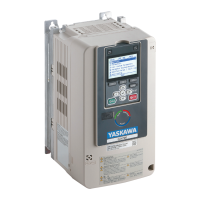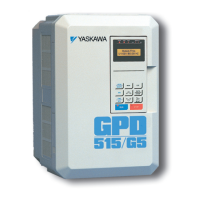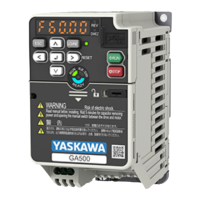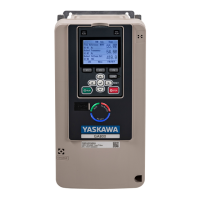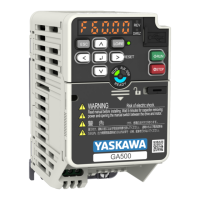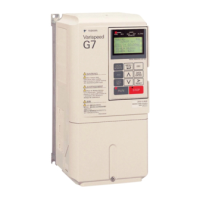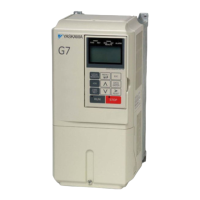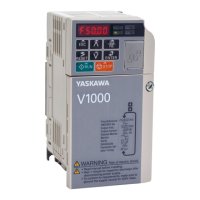Improved Operating Efficiency
6-33
Adjusting Slip Compensation Gain
You can switch the C3-01 parameter settings as shown below by changing the control method.
• V/f control without PG: 0.0
• Open-loop vector control: 1.0
• Flux vector control: 1.0
Set C3-01 to 1.0 to compensate the rated slip set using the rated torque output status.
Adjust the slip compensation gain using the following procedure.
1. Set E2-02 (Motor Rated Slip) and E2-03 (Motor No-load Current) correctly.
You can calculate the motor rated slip from the values on the motor nameplate using the following for-
mula.
Amount of motor rated slip (Hz) = Motor rated frequency (Hz) - No. of rated rotations (min
−1
.) × No. of
motor poles / 120
Set the values for rated voltage, rated frequency, and no-load current in the motor unladen current. The
motor rated slip is set automatically in the vector control using autotuning.
2. In V/f control, set C3-01 to 1.0. Setting this parameter to 0.0 disables slip compensation.
3. Apply a load, and measure the speed to adjust the slip compensation gain. Adjust the slip compensation
gain by 0.1 at a time. If the speed is less than the target value, increase the slip compensation gain, and if
the speed is greater than the target value, reduce the slip compensation gain.
For flux vector control, the slip compensation gain is used as the motor temperature compensation gain. When
the motor temperate increases, the motor’s internal constant increases, resulting in an increase in slip. If C3-01
is set, the amount of slip is adjusted as the temperature rises. Set C3-01 if the amount of torque varies with the
temperature when using torque control or a torque limit. The larger the value of C3-01, the larger the compen-
sation.
Adjusting Slip Compensation Primary Delay Time Constant
Set the slip compensation primary delay time constant in ms.
You can switch the factory settings as follows by changing the control method.
• V/f control without PG: 2000ms
• Open-loop vector control: 200ms
Normally, there is no need to make these settings. When the slip compensation response is low, lower the set
value. When the speed is unstable, increase the set value.
Adjusting Slip Compensation Limit
Set the upper limit for the slip compensation amount as a percent, taking the motor rated slip amount as 100%.
If the speed is lower than the target value but does not change even when you adjust the slip compensation
gain, the motor may have reached the slip compensation limit. Increase the limit, and check the speed again.
Make the settings, however, to make sure that the value of the slip compensation limit and reference frequency
does not exceed the tolerance of the machine.
The following diagram shows the slip compensation limit for the constant torque range and fixed output range.
Artisan Technology Group - Quality Instrumentation ... Guaranteed | (888) 88-SOURCE | www.artisantg.com
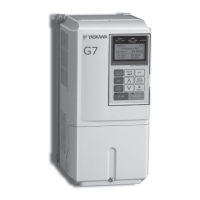
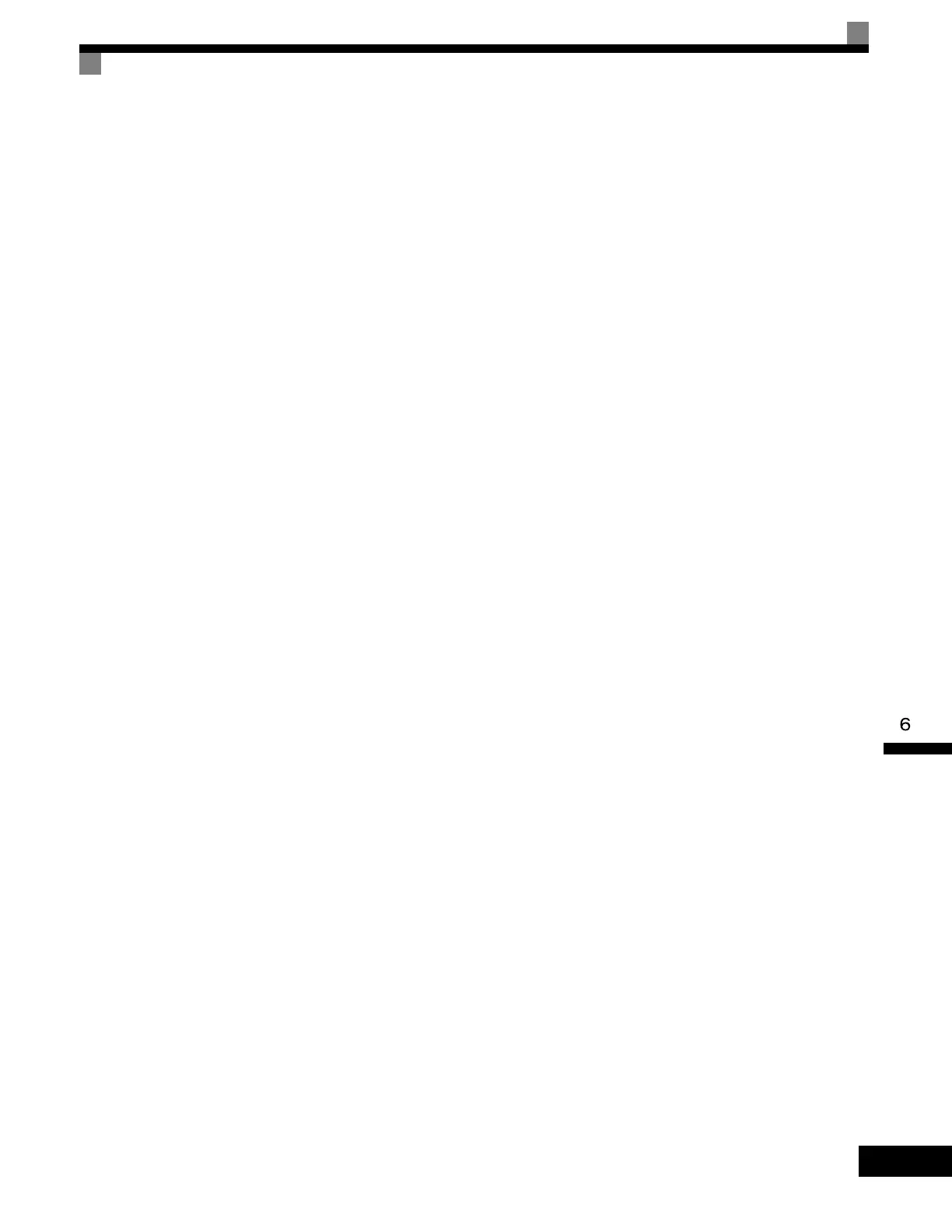